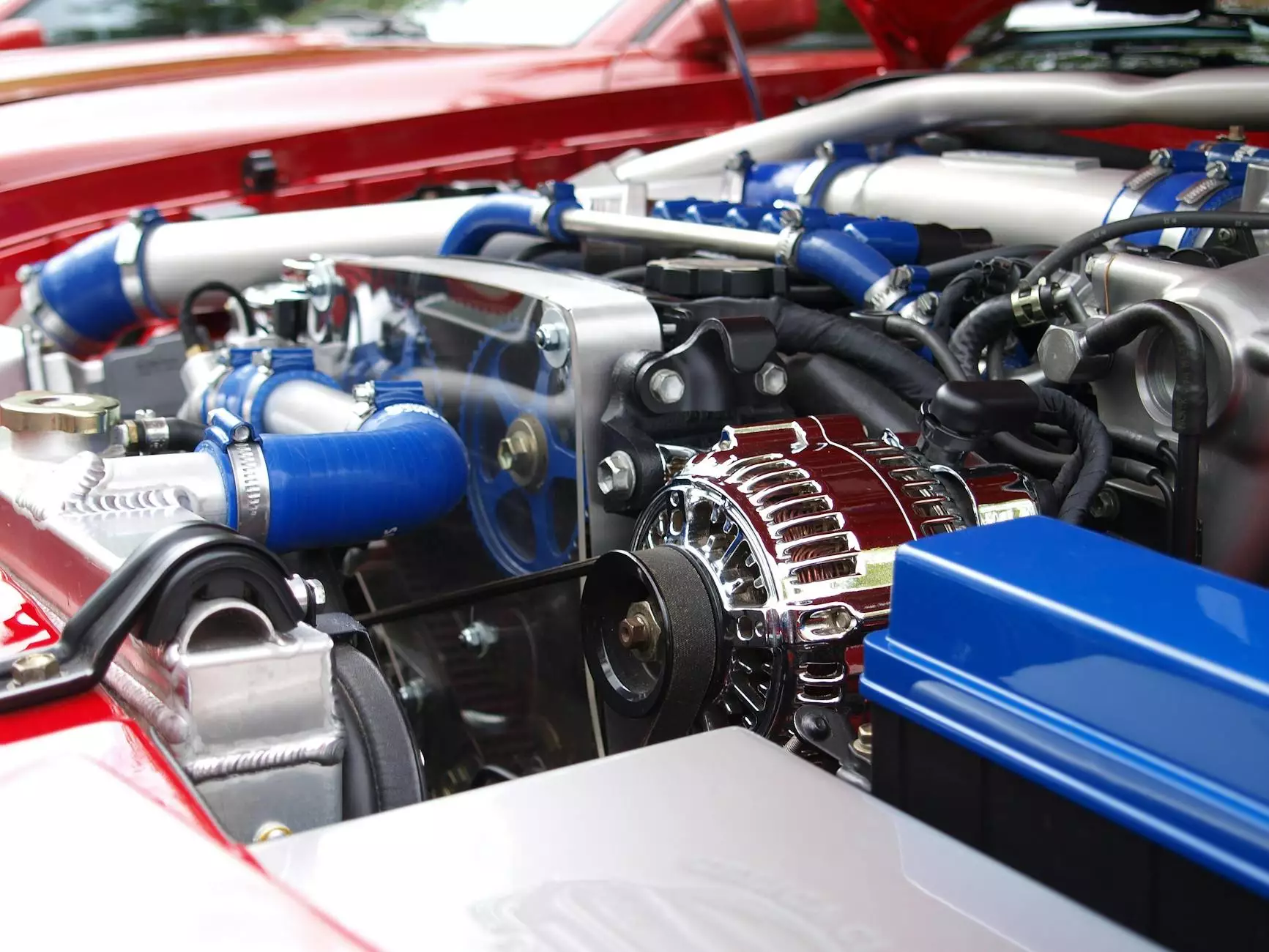Cylinder Head of Diesel Engine: A Comprehensive Guide

The cylinder head of a diesel engine is a vital component that plays a crucial role in the overall performance and efficiency of diesel engines. Understanding its function, construction, and importance is essential for anyone involved in the automotive industry, whether you are a manufacturer, mechanic, or an enthusiast.
What is a Cylinder Head?
The cylinder head is a closed structure attached to the combustion chamber of an engine. It serves as a mounting point for various components such as intake and exhaust valves, fuel injectors, and spark plugs (in gasoline engines). In the case of diesel engines, the cylinder head works in conjunction with direct fuel injection systems to optimize combustion and efficiency.
Importance of the Cylinder Head in Diesel Engines
In diesel engines, the cylinder head bears significant importance. Here are some reasons why:
- Combustion Efficiency: The design and material of the cylinder head directly influence how efficiently fuel is burned within the combustion chamber.
- Heat Dissipation: Diesel engines generate a lot of heat. A properly designed cylinder head helps dissipate this heat to prevent overheating.
- Mechanical Integrity: The cylinder head must withstand intense pressure and temperature variations, making its strength and durability critical.
- Fuel Efficiency: A well-engineered cylinder head aids in achieving better fuel efficiency, which results in lowered operational costs.
Key Components of the Cylinder Head
The cylinder head consists of various essential parts that contribute to its functionality:
1. Intake and Exhaust Ports
The intake ports allow air to enter the combustion chamber, while the exhaust ports expel burnt gases out of the engine. The design and flow capabilities of these ports significantly affect engine performance.
2. Valves
Both intake and exhaust valves open and close at precise intervals to control the flow of air and exhaust gases. High-performance diesel engines often utilize specialized valves to enhance their capabilities.
3. Fuel Injectors
Located in the cylinder head, fuel injectors spray diesel directly into the combustion chamber. Their placement and optimization increase fuel atomization, which is crucial for achieving an efficient combustion process.
4. Glow Plugs
In cold conditions, glow plugs preheat the combustion chamber to facilitate ignition. Their effectiveness can lead to better cold start performance, which is essential for diesel engines.
Materials Used in Cylinder Head Manufacturing
Another important aspect is the materials used in manufacturing cylinder heads. Common materials include:
- Cast Iron: Known for its durability and heat resistance, cast iron is used in many diesel engine heads.
- Aluminium Alloy: Lightweight and excellent at dissipating heat, aluminium is often used in high-performance applications.
- Composite Materials: These are increasingly being used to improve performance while reducing weight.
Common Issues with Cylinder Heads
Despite their robust nature, cylinder heads can develop issues over time, often due to wear, heat, and pressure. Here are some common problems:
1. Cracks
Extreme temperatures and pressures can cause cracks in the cylinder head material. This can lead to coolant leaks and potential engine failure.
2. Warping
Prolonged exposure to high temperatures can cause the cylinder head to warp, resulting in poor sealing against the engine block.
3. Valve Seat Wear
Over time, the valve seats can wear out, leading to leaks and reduced engine performance. Regular maintenance helps mitigate this issue.
Replacing the Cylinder Head
When the cylinder head is beyond repair, replacement is necessary. Here are some tips on how to choose a replacement:
- OEM vs. Aftermarket: Decide whether to use Original Equipment Manufacturer (OEM) parts for guaranteed quality or aftermarket parts that could be more cost-effective.
- Compatibility: Ensure the replacement matches the specifications of your engine model.
- Material Quality: Choose durable materials that can withstand the operational demands of your diesel engine.
Best Practices for Maintaining Your Cylinder Head
Proper maintenance can extend the life of your cylinder head. Consider the following practices:
- Regular Inspections: Check for visible signs of wear or damage during routine maintenance checks.
- Coolant Condition: Maintain the appropriate coolant levels and change it regularly to prevent overheating.
- Fuel Quality: Use high-quality diesel fuel to minimize carbon buildup, which can affect the cylinder head and injectors.
Conclusion
In conclusion, the cylinder head of a diesel engine is not just a mere component; it is a vital centerpiece that greatly impacts engine performance, efficiency, and longevity. Understanding its functionality, components, common issues, and maintenance practices can empower diesel engine owners and professionals alike, enabling them to make informed decisions regarding engine care and upgrades.
For high-quality parts and reliable suppliers, visit client-diesel.com, where you can find everything you need for your diesel engines, including top-of-the-line cylinder heads and other vital components.
cylinder head of diesel engine








